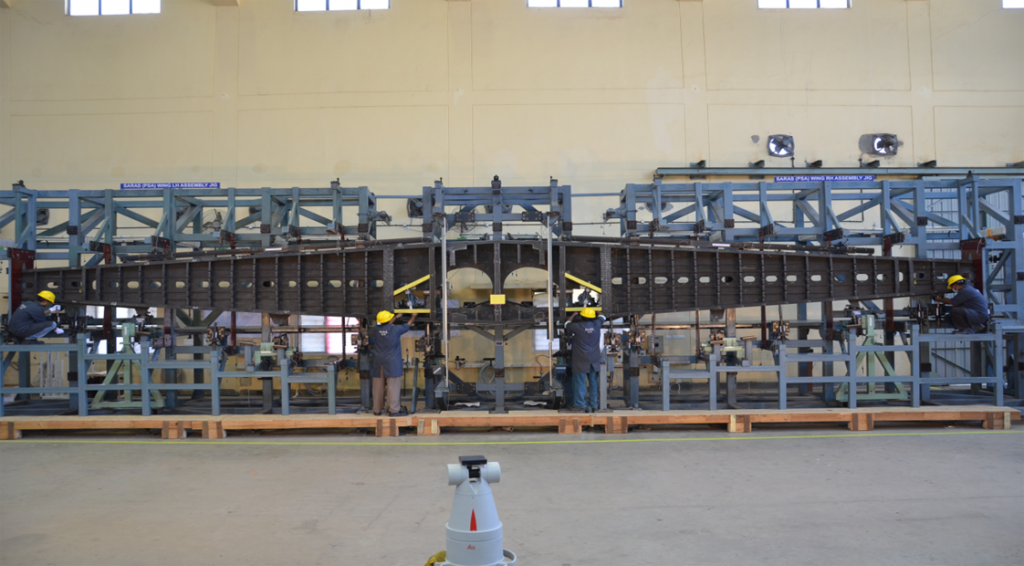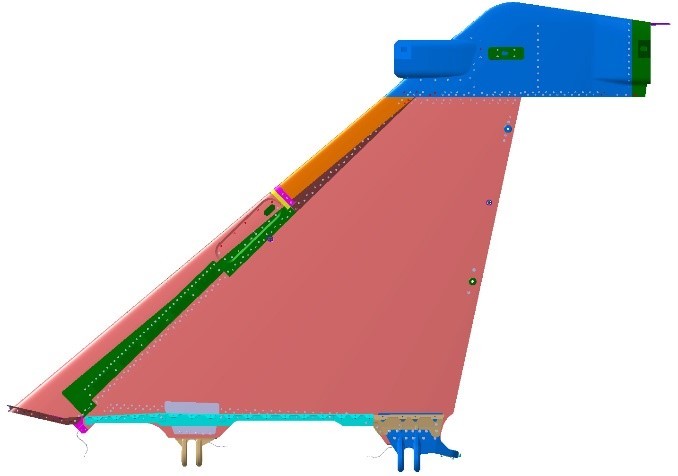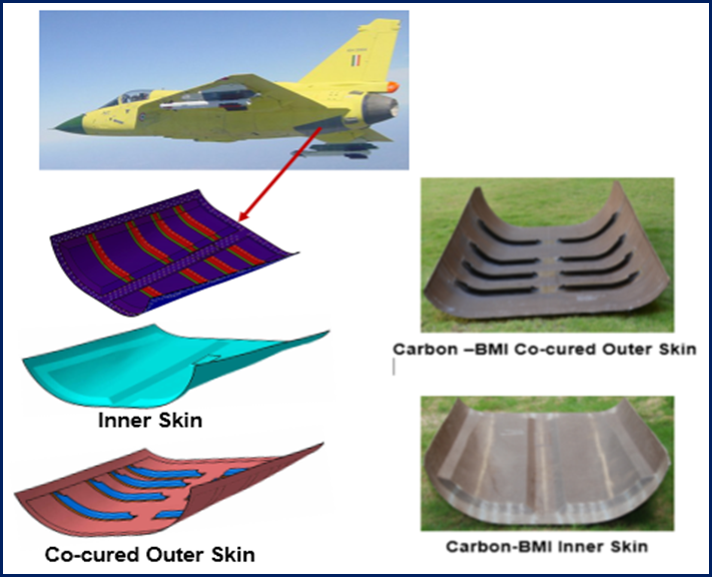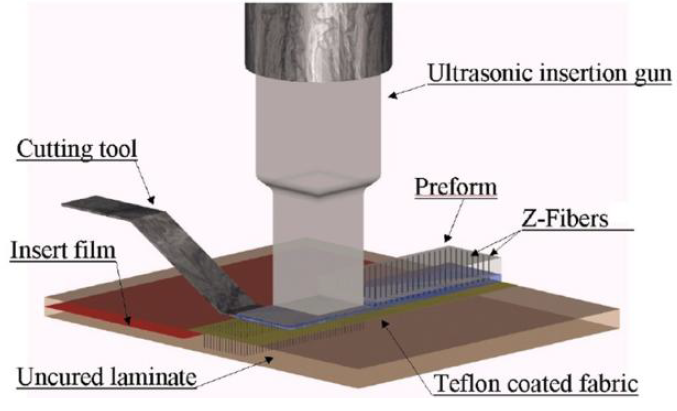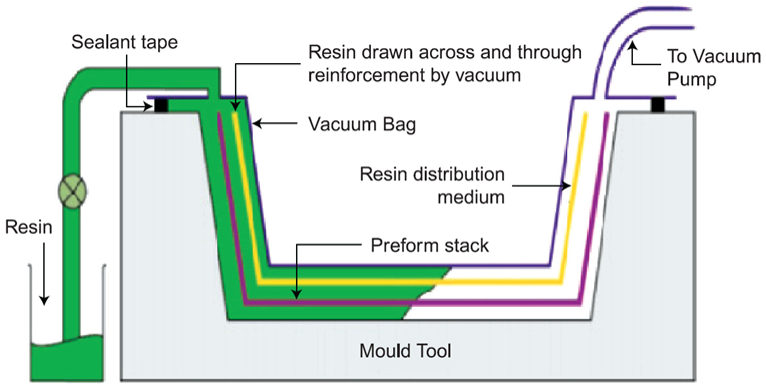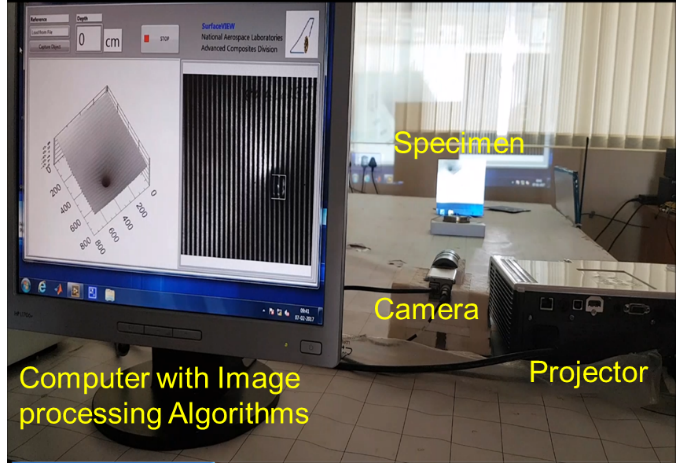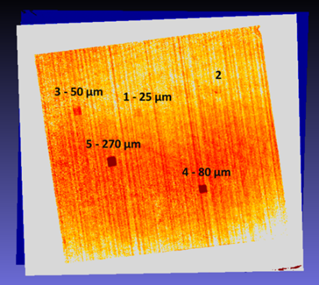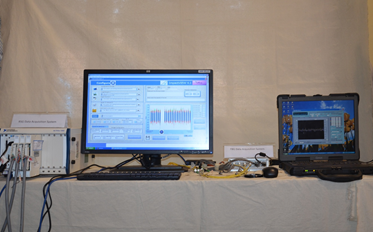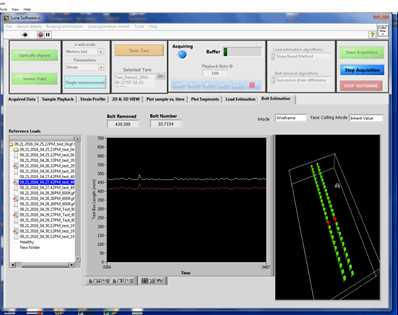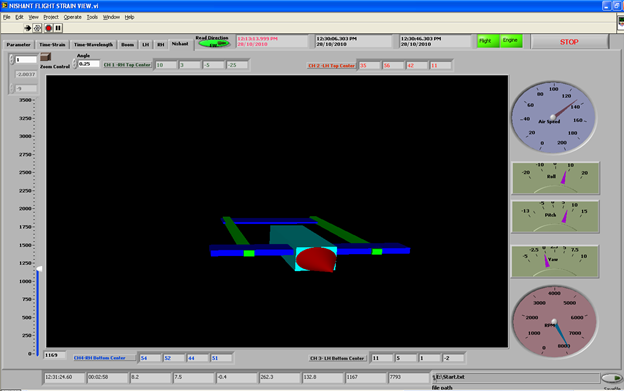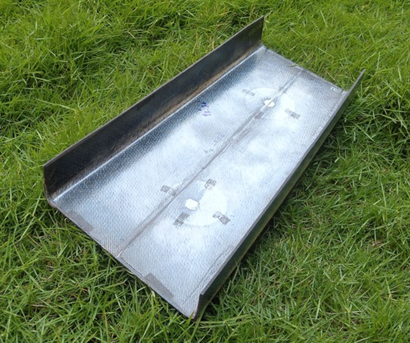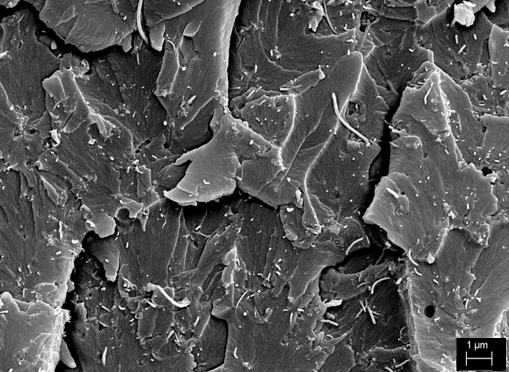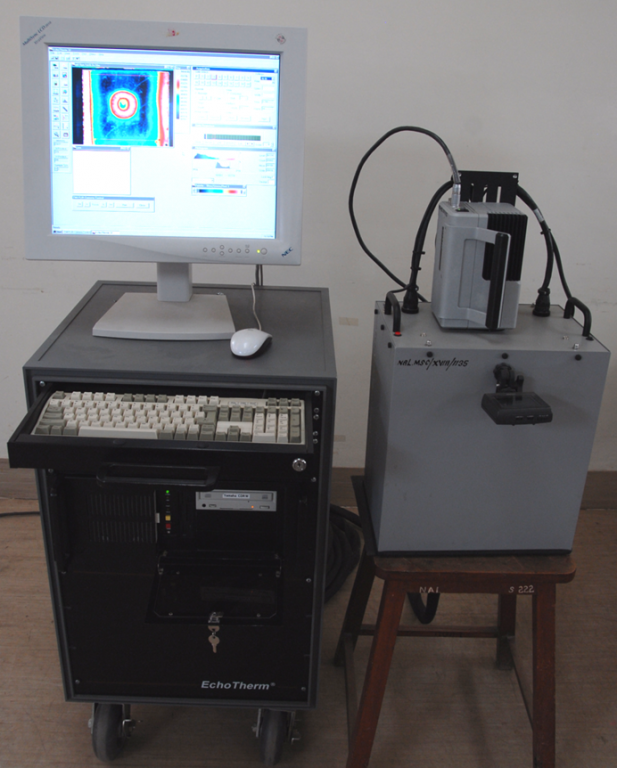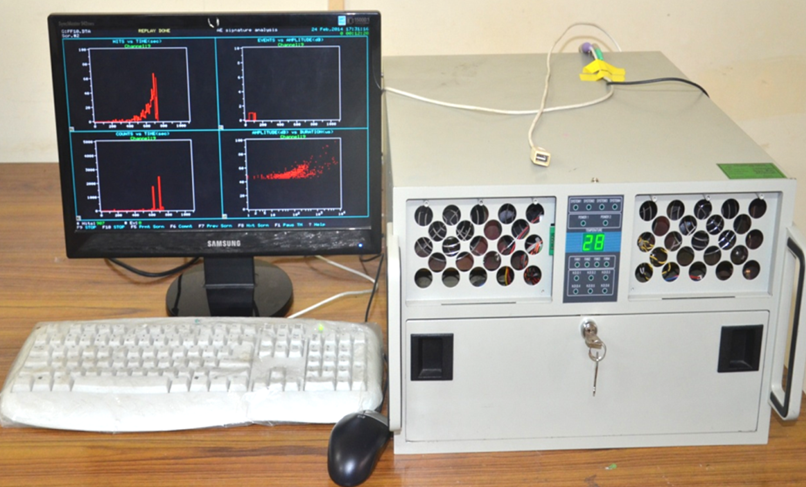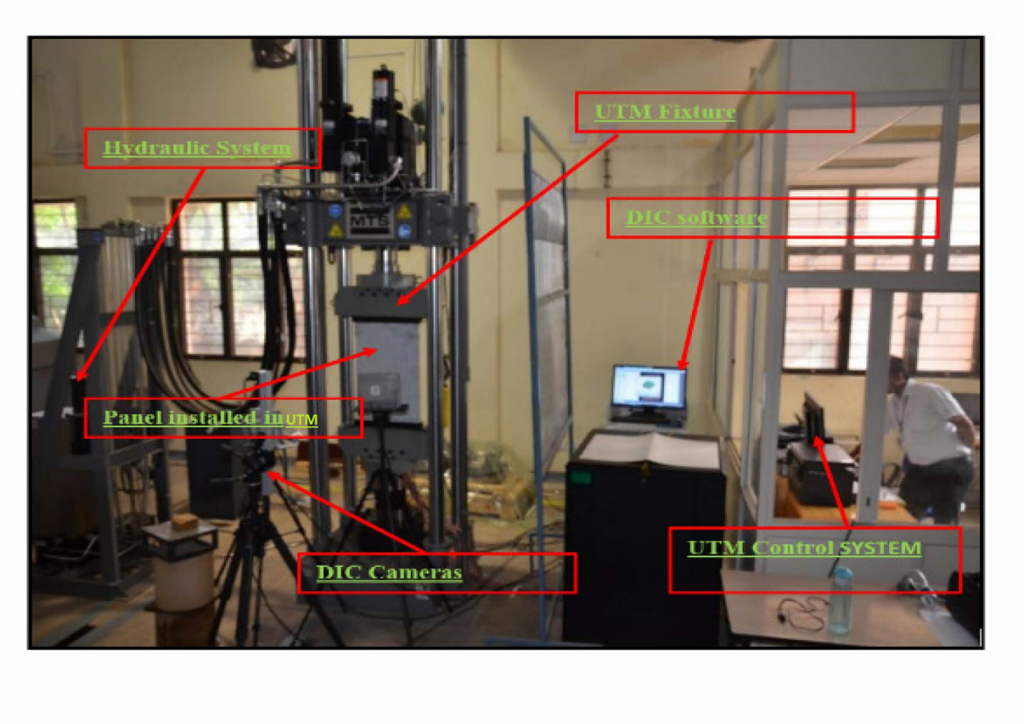
Post Buckling Studies
Modern design and light-weight are the prerequisites for sustaining global competitiveness in the aerospace industry. Notably, stiffened skin construction made of composite materials have been widely used in aerospace structures due to its high strength- and stiffness-to-weight ratios. The thin wall composite fuselage panels are often driven by issues like stability. Compression loaded composite stiffened panels are usually designed to operate below skin buckling load and their post buckled strength is not always fully exploited. This is due to complex non-linear post-buckling behavior as well as concerns regarding disbonding of stiffener from skin due to out-of-plane loads in the post-buckling regime. ACD has carried out comprehensive research under ACECOST Phase-3 program of AR&DB to demonstrate that composite structures with stiffened skin construction can be used safely beyond initial skin buckling loads.

Figure 1: Post-buckling Test Facility at CSIR-NAL
Major milestones / results of this technique
The design and analysis methodologies are developed for fuselage stiffened panels of different configurations. Numerical models based on non-linear finite element approach are developed which capture buckling, post-buckled response and final collapse of panels. Numerous tests are conducted on coupons, elements and panels to generate material data and to verify numerical models. Based on extensive tests and simulations, CSIR-NAL has formulated a new set of design guidelines to help practicing engineers to design next generation of composite aircraft structures which can safely exploit the post-buckled reserve strength available in stiffened constructions.

 English
English हिन्दी
हिन्दी